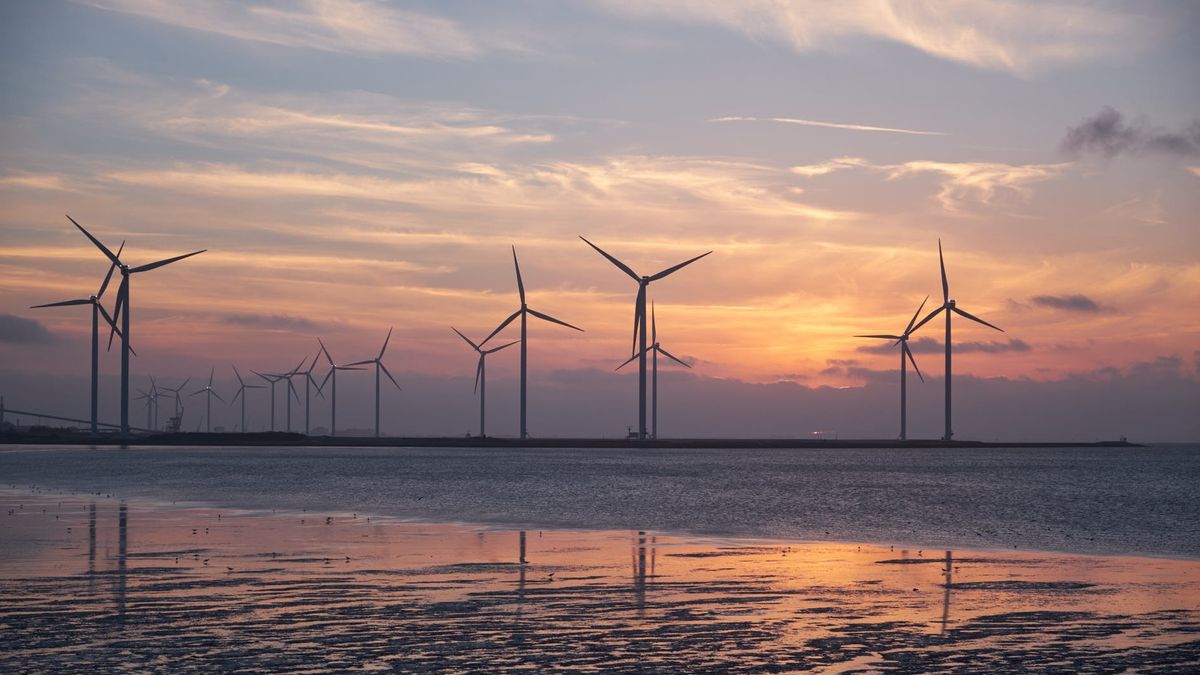
The government is to begin a review into how energy suppliers are marketing ‘green’ energy tariffs to consumers, as there are concerns some are overstating their environmental benefits.
Around nine million UK households are now using electricity tariffs that have been marketed as ‘green’ or with ‘100% renewable energy’. However, there have been claims by some suppliers that consumers don’t truly understand what constitutes a ‘green’ tariff, and ultimately how ‘clean’ they actually are can be misleading.
As such, the government’s review will aim to crack down on this by assessing how clear the current system is for defining ‘green’ tariffs and whether or not it remains fit for purpose.
How the green tariff system currently works
At present, energy suppliers can offer ‘green’ tariffs even if some of the energy used in them comes from fossil fuels – providing their use is ‘offset’ against the purchase of certificates called ‘Renewable Energy Guarantees of Origin’ or ‘REGOs’.
REGOs are issued by the energy regulator Ofgem to firms producing renewables for every megawatt hour of electricity they create. But these firms can then sell this clean energy and the REGOs separately for suppliers to then buy up. This means that if there’s a surplus of the certificates – which can happen when wholesale energy prices are low – suppliers have free reign to purchase them and further ‘offset’ their use of fossil fuels on the tariffs they offer to consumers.
While it can be argued that the purchase of REGOs from producers ultimately does help reduce carbon levels as it supports further green energy production, the issue here is that the current system allows suppliers to make tariffs appear almost completely green, even if they still include fossil fuels.
How the system could change
The government says it will explore options with its review to change the system in a number of ways. These include:
- Making the distribution of REGOs ‘smarter’.
- Making suppliers provide ‘clearer information to households about their green tariffs, including the type of renewable energy used (such as wind or solar), where the renewable power was generated and when’.
- Introducing a ‘regulatory framework’ for third-party intermediaries in the retail energy market for the promotion and distribution of green tariffs.
It’s hoped this will make it easier for consumers to know for sure that the clean energy they’re paying for is truly coming from renewables and that suppliers are being ‘transparent’ with them about their deals.
The Minister of State for Energy and Clean Growth, Anne-Marie Trevelyan, commented on this stating: “Millions of UK households are choosing to make the green switch and more and more of our energy comes from renewables. But I want people to know that when they sign up to a green tariff, they are investing in companies that make a conscious choice to invest in renewable energy.
“Part of that is ensuring companies are being as transparent as possible on where their power comes from. That way, every family in Britain can rest assured their choices are helping to contribute to our world-leading target of eliminating our contribution to climate change by 2050.”
What consumers can do now to get a green tariff
The consultation for the review will close in December 2021, so any new rules or regulations on tariff ‘greenwashing’ won’t come into effect for a while yet. But, there are some things you can do now to help get a new energy tariff that offers the green credentials you really want.
Firstly, you could simply contact your current provider and ask about their existing tariffs that include renewables, but be sure to get them to explain the fuel mix in full – and if possible which sources they use.
Alternatively, you can run an online energy comparison to review the markets and see what the best energy deals are near you at the moment that include renewable energy. This approach is useful because you can see the different types of green energy deals on offer for you to then review and again check things like the fuel mix.
On top of this, an online energy comparison service can also tell you who the best energy suppliers are right now in terms of other important aspects like customer service. Plus, you can also see how much you could save by switching to a newer deal, which in many cases can be hundreds of pounds, even on green tariffs.
